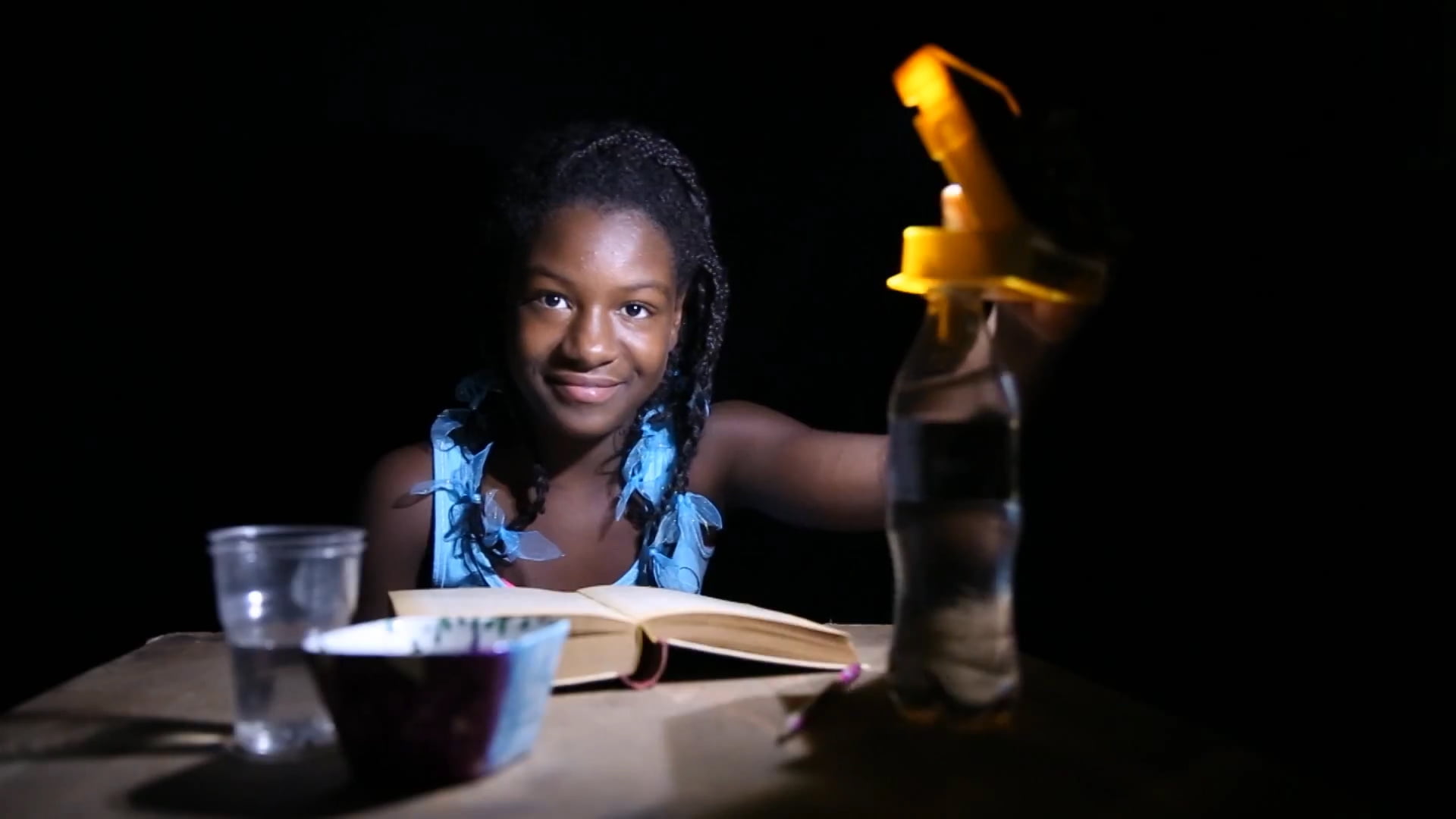Yesterday three physicists won the Nobel Prize in Physics for creating blue-light LEDs, which makes the LED white lights we find everywhere possible. We experience the LED revolution through computer and smartphone screens, household lighting and greenhouse grow bulbs. But for over a billion people in the world, access to light is something that they cannot rely on. One company, WakaWaka, is working to bring the LED revolution to people who live off grid and on less than $2 a day.
In many ways, WakaWaka came about by accident. Founders Maurits Groen and Camille van Gestel won a competition by the South African government to “green” the 2010 World Cup through carbon tax exchanges and LED lights. However, they soon discovered that many South Africans who lived in the townships of the host cities could not participate because they lived off grid. Instead, most people living in the townships relied on kerosene lamps to light their households after dark, which produce 14 times more black carbon than burning wood.
Looking at this reality, Groen and van Gestel decided to create a product that could efficiently light up off grid households without adding to the black carbon and carbon dioxide emissions that contribute to climate change. Two years later, the first WakaWaka light was created using new solar technology to power high efficiency LED lights. Since then the company has come out with WakaWaka Power, adding phone charging capabilities to the original light unit, and recently announced a crowdfunding campaign for the WakaWaka base that can charge multiple smartphones and provide power for up to a week.
Although the initial motivation behind the LED units was combatting climate change, there are numerous benefits of replacing kerosene lamps besides reducing carbon emissions. Indeed, van Gestel told UN Dispatch that the socio-economic benefits of WakaWaka lights far outstrip the outcomes for climate mediation. From improving school grades to increasing economic productivity, access to light has the ability to change lives for the better. Access to light touches upon six of the eight Millennium Development Goals and will likely contribute to the post-2015 framework as well. Electricity and power is something that most of us take for granted but the world still has a long way to go before we can all count on.
Numerous other products and initiatives have come out over the years that aim to do the same thing. What makes WakaWaka different from most of these projects is the quality of the product and the willingness to innovate to meet the needs of those living in poverty. The high quality and user-friendly characteristics of the units means that WakaWaka has unexpectedly become popular in the West. This allows WakaWaka to use Western sales to subsidize the costs of units sold in the developing world, making it more affordable for the target market. WakaWaka is also preparing for a pilot project in Rwanda that will combine mobile banking to create a pay-as-you-go model to help users spread out payments on their unit and make it more accessible for the poorest citizens.
WakaWaka is just one product but it demonstrates how simple devices have the potential to change the lives of millions. In the fight against both climate change and extreme poverty, there is no “silver bullet”; problems that took generations of choice to arise will take a multitude of approaches to fix. Portable and adaptable solutions like WakaWaka may be a small step but shows how innovation – even with existing technologies – can take us a step in the right direction.
